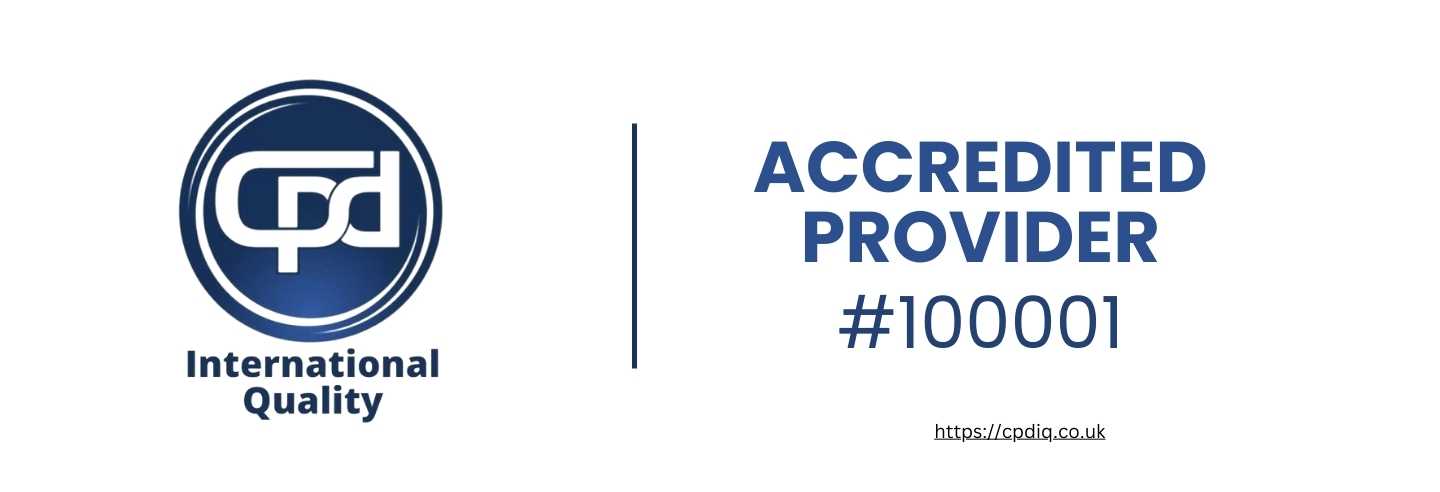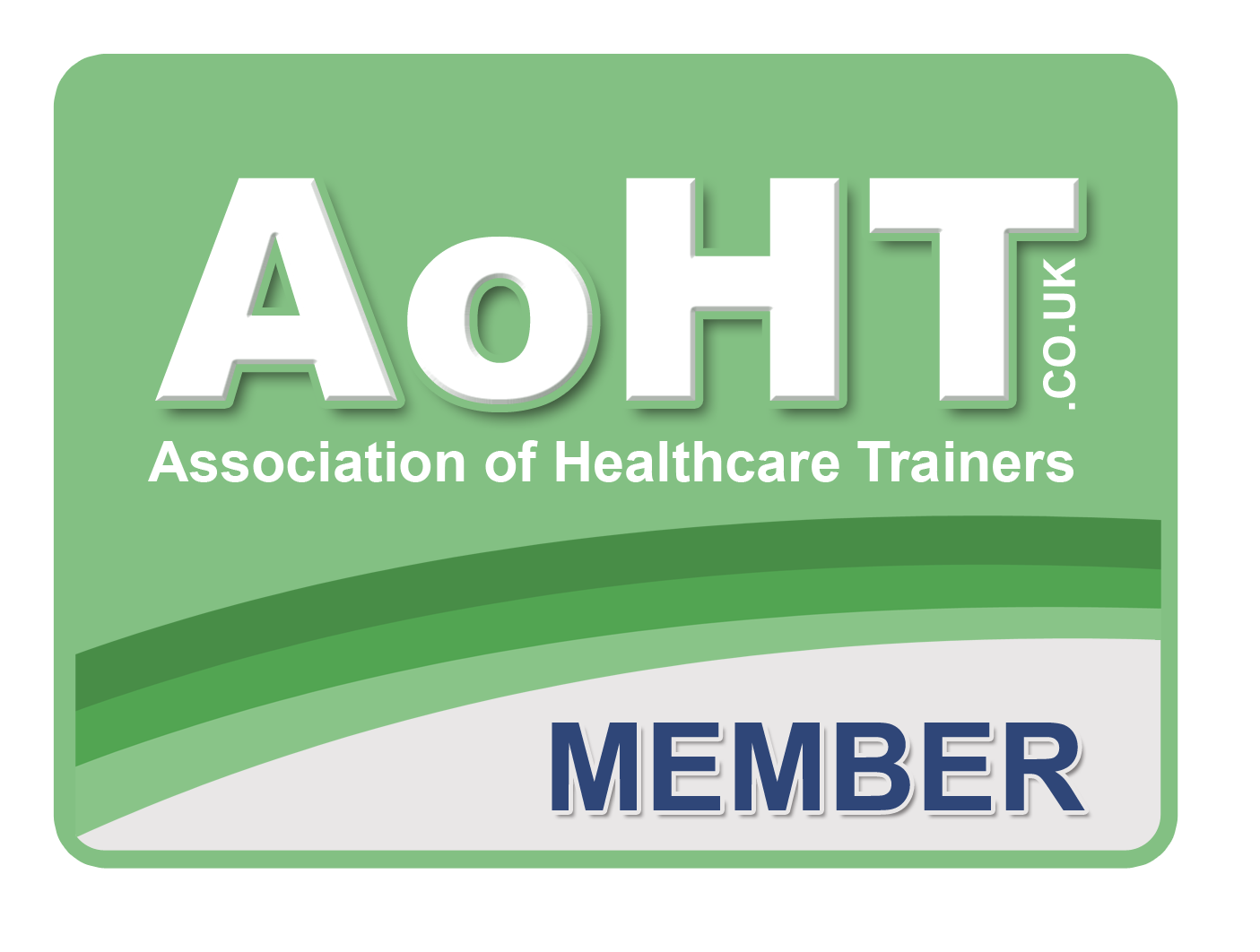
The Health and Safety at Work Act 1974 (HSWA) is a major piece of legislation in the UK. It concerns the welfare and well-being of UK employees and members of the public while they are at work or are affected by work activity. The Act defines and sets out the standards as well as responsibilities of various parties; it provides the law that employers, employees, and others must comply with at work.
This blog will provide an introduction to the HSWA, highlighting key points of this legislation, its enforcement mechanism, its impacts on the current situation of workplace safety, and its roles in modern health and safety law in the UK.
Overview of the Health and Safety at Work Act 1974
HSWA 1974
Definition and Scope of the Health and Safety at Work Act 1974
The Health and Safety at Work Act 1974 (HSWA) is the main piece of health and safety law in the UK. It sets out the general duties that the majority of employers, employees, and others have to protect the health, safety, and welfare of workers and other people who might be affected by the work activities.
Historical Context and Why It Was Introduced
However, the need for a holistic approach to the problem prompted higher awareness of workplace hazards and, as a result, the passing of the Health and Safety act at Work Act (HSWA) of 1974. The Report of Lord Robens of Woldingham on ‘Management of Health and Safety at Work’ (known as the Robens Report, 1972) concluded that the existing health and safety regime was ‘a patchwork of individual remedies’. This finding prompted the HSWA and the new emphasis on the integration of health and safety.
Main Objectives of the Act
The main aims of the HSWA were set out as follows: 1) To protect people at work against risks to their health, safety, and welfare arising out of or in connection with their work. 2) To protect people other than people at work against risks to their health and safety arising out of or in connection with work. 3) To control the keeping and transport of dangerous substances. 4) To control the use of substances or articles liable to explode at a dangerous exhibition.
The HSWA then set out the following eight specific aims for maintaining a safe system of work:
1) By regulations, codes of practice, and other guidance specified by the enforcing authority. 2) To protect people at work against risks to safety and health in connection with the use, handling, storage, and transport of articles and substances. 3) To protect people at work against risks to health and safety and persons other than persons at work arising out of or in connection with the operation of artificial sources of ionising radiation. 4) To require persons carrying out recording or measuring services to make reports to enforcing authorities on matters specified in regulations. 5) To ensure, using notification, that the said authorities are informed of the storage or use of explosives.
Health and Safety at Work Act Summary
Summary of the Key Provisions of the Act
The HSWA provides a framework for this, which defines responsibilities in terms of specific duties for employers, employees, self-employed people, and manufacturers and suppliers. It contains a handful of key provisions, such as duty of care towards employees—requiring employers to ensure the health and safety of their workforce—and duty of care towards oneself—requiring employees and self-employed people to take all reasonably practicable measures to prevent injury or harm to themselves and others.
Explanation of How the Act Aims to Protect Employees, Employers, and the Public
It aims at protecting all of them by spelling out and assigning specific duties and responsibilities: employers have to provide employees with a safe workplace and proper training; employees must adhere to safety rules and report unsafe conditions; and manufacturers have to ensure that their products are safe to use.
Key Points of the Health and Safety at Work Act 1974
General Duties of Employers
Responsibility to Ensure the Health, Safety, and Welfare of Employees
Your duty, as an employer, it is to make sure, the working environment is properly equipped and safe; that huts and hygiene, are provided for free; machines, tools, and implements are yours, or taken on lease, for use by your workers, are fit, sound, and without flaws; chemicals and electricity, posed would neither kill, injure, nor maim; and to maintain such conditions, as covered by your guidelines.
Providing Safe Systems of Work, Equipment, and Workplace Environment
Employers must provide systems of work that are safe or, if not, take steps to mitigate any associated risks. An employer that fails to do this can be guilty of a breach of their duty under the Management of Health and Safety act at Work Regulations 1999. Employers are required to carry out risk assessments, identify hazards, eliminate or reduce them where possible, and provide a safe working environment as well as safe equipment and systems for work.
The importance of risk assessments and implementing safety measures
Workplace safety risk assessments are an essential part of creating safe working environments. Employers are required to conduct regular risk assessments about workplace safety. This is a proactive approach that aims to ensure that there are appropriate measures in place to avoid or reduce the risk of work accidents occurring and, consequently, to comply with health and safety regulations.
Duties of employees
Employees’ Responsibility to Take Care of Their Own Health and Safety
Workers are required to take reasonable care of their health and safety and to also cooperate to enable others to do the same. In practice, this means following safety instructions, wearing protective equipment, and generally following the rules of workplace safety. However, it also means not exposing oneself or anyone else to harm at the workplace.
Duty to Cooperate with Employers on Health and Safety Matters
On the matter of health and safety, workers are obligated to cooperate with their employers; this involves participating in safety training, following safety procedures, and reporting hazardous and unsafe conditions. Workers cannot sue their employers if they are injured if they do not cooperate with their employer's health and safety programme. Cooperation is required.
Reporting Hazards and Following Safety Protocols
That is why employees have to report any unsafe situations to the person in charge. This way, the employers can correct the unsafe situation before it becomes a problem. When employers and employees follow safety procedures, they help reduce the number of avoidable accidents.
Duties of the Self-Employed
Health and Safety Obligations for Self-Employed Individuals
However, self-employed people also have health and safety responsibilities. They must make sure that their work is carried out in such a way that they don’t risk serious personal injury and that they don’t cause injury to other people. This means that they have to carry out risk assessments and ensure they do the same as employers do in providing a workplace that isn’t hazardous.
Ensuring Activities Do Not Endanger Others
For instance, the self-employed have a responsibility to avoid putting other people at risk through their own activities. This could include their clients, visitors to their place of business, the general public, and so on. Health and safety laws provide a mechanism for keeping everyone safe.
Duties of Manufacturers and Suppliers
Responsibility to Ensure Safety of Products, Machinery, and Substances Used at Work
If you make, sell, or supply products, machinery, or substances, you have a legal duty to make sure that they are safe. This means that you must carry out reasonable safety checks, make sure your customers are taking proper care of your product or equipment, and follow any other relevant safety standards.
Providing Adequate Information and Instructions for Safe Use
Manufacturers and suppliers must ensure that the information and instructions relating to the use of their products are always sufficient if that use is to be safe. That means putting labels on dangerous substances, providing manuals of use and instructions on how to safely operate the products, as well as offering training or guidance about how the product can be used safely.
Health and Safety Policies
Requirement for Employers to Have a Written Health and Safety Policy
If they employ five or more people, employers are also expected to have a written health and safety policy. The policy should establish the organisation’s general commitment to health and safety, outline staff responsibilities, and detail any procedures in place to manage health and safety.
Regular Review and Updating of the Policy
Being written down allows this policy to be readily reviewed and updated as and when there is a change in legislation, in workplace practice, or if a risk is identified and eliminated and someone could potentially be injured. Keeping the policy up-to-date will improve safety.
Enforcement and Penalties
Role of the Health and Safety Executive (HSE)
Overview of the HSE’s Role in Enforcing the Act
At a national level, the Health and Safety Executive (HSE) is charged with enforcing the Health and Safety act at Work Act 1974. The HSE works with employers and employees to ensure that workplaces comply with health and safety laws.
Powers of HSE Inspectors
HSE inspectors have wide powers of entry, inspection, sampling, and interview. They can serve improvement and prohibition notices, as appropriate.
Typical Inspection Process
When HSE inspectors carry out an inspection, they examine the workplace to ensure that health and safety laws are being followed. They will check any written procedures relating to safety, investigate what sorts of equipment are used and whether it is being properly maintained, and also observe how work is carried out. If the inspectors do find any breaches, they could try to put things right by offering advice, asking the business to take action, or even taking enforcement action.
Penalties for non-compliance
Types of Penalties for Breaches of the Act
It repairs some of the damage wrought by the fact that breaches of the Health and Safety at Work Act 1974 are punished either by fine, prosecution, or imprisonment, depending on the nature, seriousness, and extent of the offence and any harm that may have been suffered.
Examples of Prosecutions and Fines
These cases have sometimes involved high fines and/or even prosecutions for health and safety violations. For example, Company X may escape without prosecution because it failed to provide a safety training programme for one of its staff members who ended up injured.
Impact of Non-Compliance on Businesses
Businesses that fail to comply with HSWA can face costly penalties. In addition to financial penalties, a poor reputation, higher insurance premiums, and loss of business opportunities are also possibilities. None of these outcomes are desirable.
Impact of the Health and Safety at Work Act 1974
Improving workplace safety
How the Act Has Contributed to Reducing Workplace Accidents and Illnesses
The Health and Safety at Work Act 1974 initiated the drive to help avoid workplace accidents and illnesses. It defined the confines of work and the responsibilities of the manager and the employees. It made the conditions very clear in all the departments and guaranteed the safety of the employees.
Case Studies and Statistics Demonstrating the Act’s Effectiveness
There are numerous case studies and statistics that suggest that the HSWA works. For example, the HSE’s statistics show a reduction in workplace fatalities and serious injuries. Since the HSWA was implemented, they have been falling steadily. Without tightly controlled health and safety issues, there could be more deaths at work.
Promoting a Safety Culture
Encouraging Employers and Employees to Prioritise Health and Safety
HSWA has helped to embed a safety culture in the workplace. By referring to health and safety, it ensures that everyone will see the protection of health and safety as at the core of a workplace.
Benefits of a Positive Safety Culture in the Workplace
A strong safety culture has many advantages: fewer accidents, improved morale at the workplace, and increased productivity. When health and safety are viewed in positive terms, workers know that they are valued and will be more likely to employ safe practices.
Influence on Other Legislation
How the HSWA Has Influenced Other Health and Safety Laws in the UK
The HSWA’s principles and architecture will provide a model for all future health and safety laws in the UK: the Management of Health and Safety at Work Regulations, the Control of Substances Hazardous to Health (COSHH) Regulations, and beyond.
Examples of Subsequent Legislation That Build on the Principles of the HSWA
Since then, several other statutes have built further on the HSWA’s principles to deal with specific risks and industries, such as the Construction (Design and Management) Regulations (CDM), which aim to improve health and safety while building projects by setting out the duties of various actors within the project to manage health and safety risks more effectively.
British Health and Safety Law Today
Current Health and Safety Regulations
Overview of Key Regulations That Complement the HSWA
Several regulations supplement the Health and Safety at Work Act of 1974. These regulations provide more precise directions and requirements to ensure continued health and safety in the workplace.
Management of Health and Safety at Work Regulations
These regulations require employers to conduct risk assessments, put in place means of controlling those risks, and provide any necessary training to employees; they ensure that employers have systematic processes in place to keep employees safe from harm rather than just reacting to accidents.
Control of Substances Hazardous to Health (COSHH)
COSHH regulations cover the control of substances hazardous to health. Employers are required to make an assessment of the risks from chemicals, dust, or other hazardous substances according to COSHH regulations, implement a programme of preventative measures or controls, and monitor exposure. COSHH regulations have helped reduce work-related illnesses caused by chemicals, dust, and other hazardous substances.
Adapting to New Challenges
Addressing Modern Workplace Challenges, Such as Remote Working
Providing specific health and safety protections for homeworkers has become more relevant and difficult due to the rise of remote working. Employers should ensure that working from home is both safe and ergonomically correct and that the employees have the necessary equipment. They should also provide specific instructions regarding the setting up of the home office, for instance, on how to sit correctly while working, and they should give guidelines regarding mental health support.
Technological Advancements
Technology changes open up new possibilities and new challenges for workplace safety. Employers have to make efforts to stay up-to-date with the new technology that comes about. They also have to keep their workers up-to-date with new equipment and new uses. Cybersecurity also has to be taken into consideration.
Mental Health
Mental health has become a main objective of work safety. Nowadays, most employers are seriously concerned about mental health issues at their companies. To support employees, they often introduce resources for mental health, encourage work-life balance, and build an environment that helps workers.
Ongoing Developments and Updates in Health and Safety Legislation
Risks and working environments change. We must always look ahead as health and safety legislation continues to evolve and develop into the future. Most obviously, we develop what’s already there, such as adding important fresh and updated information and in-work training for workplace risk assessments, etc. We might also introduce new legislation or continue to develop further into new areas, such as mental health or developing a risk management tool for working from home.
Conclusion
The Health and Safety at Work Act 1974 is particularly important to set out clear responsibilities for employers, employees, and others in work-related matters to ensure proper health and safety standards in places of work and to avoid unnecessary accidents and injuries. Employees should ensure the safety of their workplaces by checking the safety system for current health and safety standards. They should always follow safety rules and should never compromise them.
The more safe a workplace is, the more it helps employees work comfortably. Workers and employees need to know about the conditions of work in the past and present. This minimises the risks of injuries and ensures that work is done efficiently. My appeal to everyone is that let's have a safe workplace and a better working environment with proper health and safety standards.










